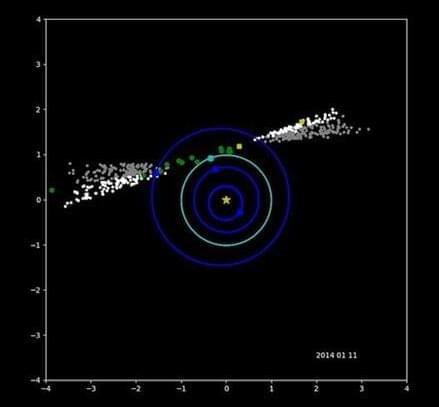NEOWISE contributed to planetary defense efforts with its research to catalog near-Earth objects. Over the past decade, it helped planetary defenders like us and our colleagues study near-Earth objects.
NEOWISE was a game-changing mission, as it revolutionized how to survey near-Earth objects.
The NEOWISE mission continued to use the spacecraft from NASA’s WISE mission, which ran from late 2009 to 2011 and conducted an all-sky infrared survey to detect not only near-Earth objects but also distant objects such as galaxies.








